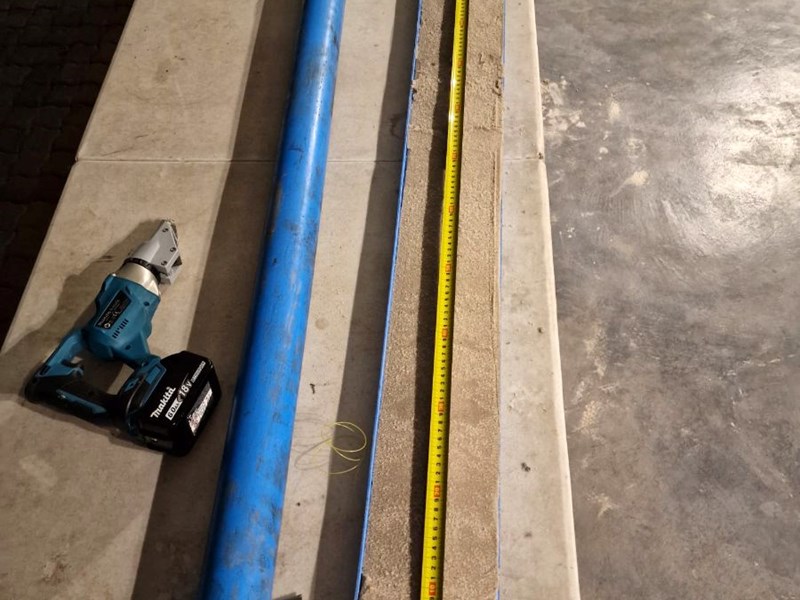Core Recovery: Adjusting the Method for Maximum Results

THE OKAVANGO-MAKGADIKGADI COMPLEX, BOTSWANA
The study of interactions between Incipient Continental Rifting Fluvial Systems and Regional Climate in Southern Africa.
Geomechanics was appointed by WHOI (Woods Hole Oceanographic Institute) to undertake Sonic and Diamond core drilling in soft sediments and potential hard basalt and sandstone in the districts of Khumaga and Maun, Botswana.
Initially, it was expected that the soft sediments (sands and inter-stratified clays) would be in the region of 40m deep at which point the harder sandstone and basalt would be encountered. The GEO 601 combination Sonic/Diamond core drill rig was ideally suited for this purpose and allows a large saving to the client by only establishing one drill rig. The soft sediments proved to be much deeper than first anticipated. The team reached the soft sediments at approximately 200m.
The scientific method of studying the sand/clay samples required that the samples not be exposed to sunlight during extraction from the core barrel and during temporary storage. To circumvent this happening, the Geomechanics team sourced locally available 75mm Class 6 PVC pipes to be used as interior core barrel liners. They were cut to the correct lengths to fit the Sonic core barrel. Other additions also needed to be made to prevent sediment from entering between the liners and the core barrel interior wall. Should this occur, it would greatly affect the manner of extracting the liners.
By using the PVC liners, Core barrel advancement was extremely successful which allowed us to supply the client with highly undisturbed samples unaffected by sunlight. This type of drilling continued to 93m, after which drilling changed over to HQ3 triple tube drilling. At these depths, the sensitivity to sunlight was no longer a factor; and cores could be extracted using the conventional manner. The hole was completed to 231m using NQ into the rock. Drilling wire line this deep into soft sediments poses a significant risk where the wire line casing could get stuck. Fortunately, this obstacle was avoided by using a custom-made adaptor that allowed the Sonic head to couple onto the wire line casing and used the oscillation to free any stuck.
Plot 28 Central Road
Sunrella, Lanseria
Gauteng
South Africa
Tel. +27 (0)11 966 7760
Email. info@geogroup.co.za